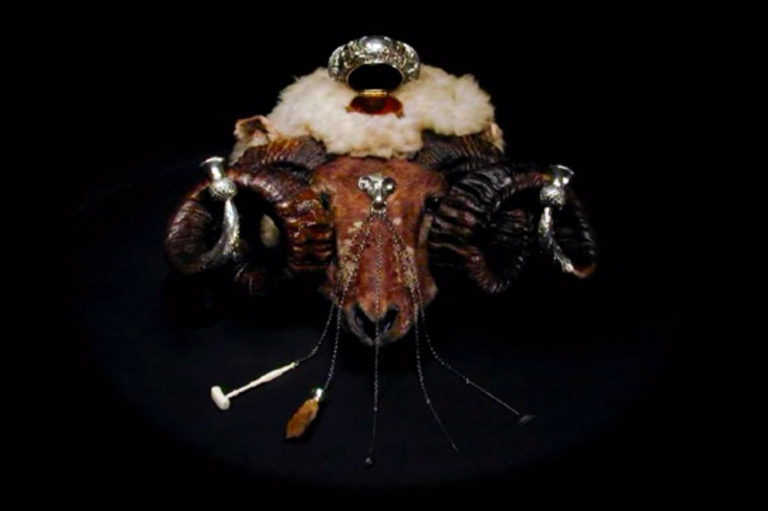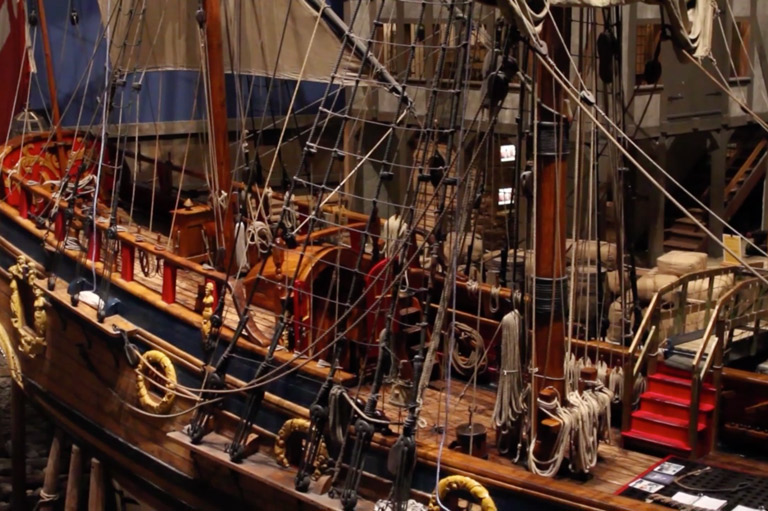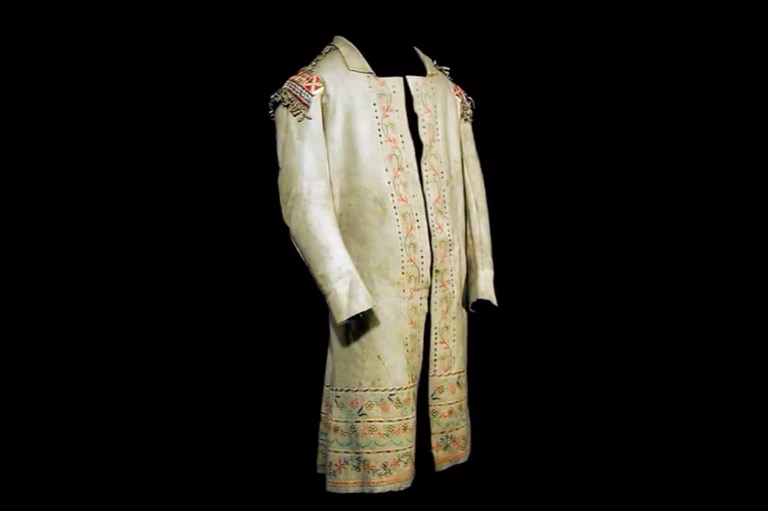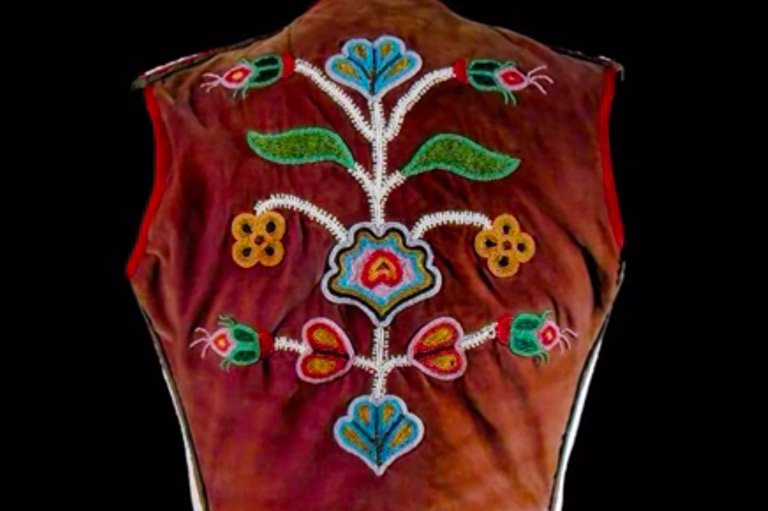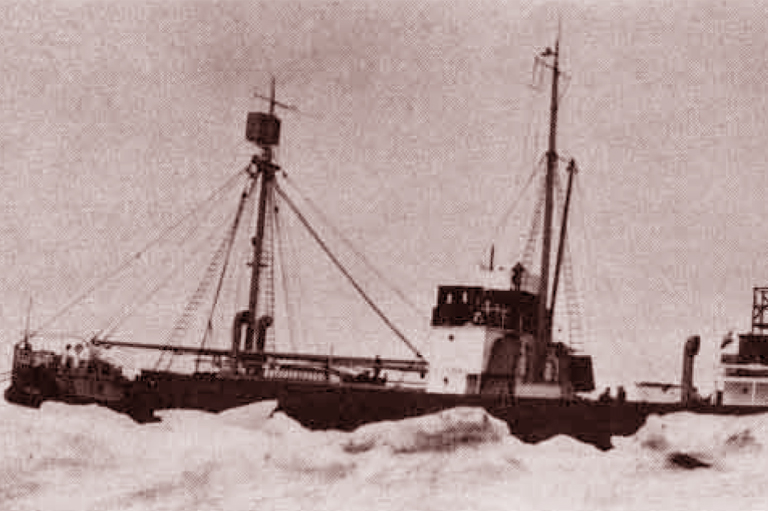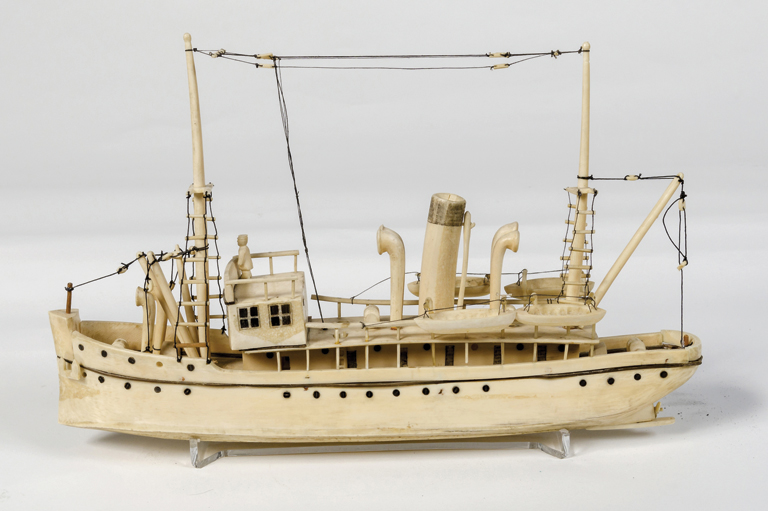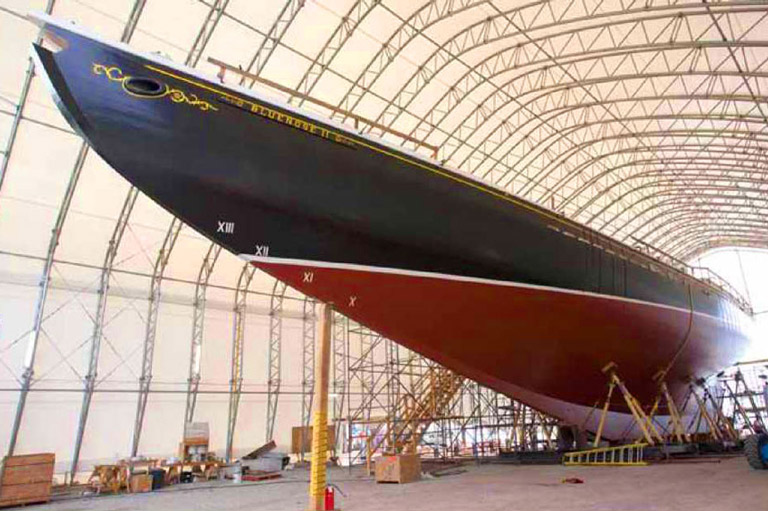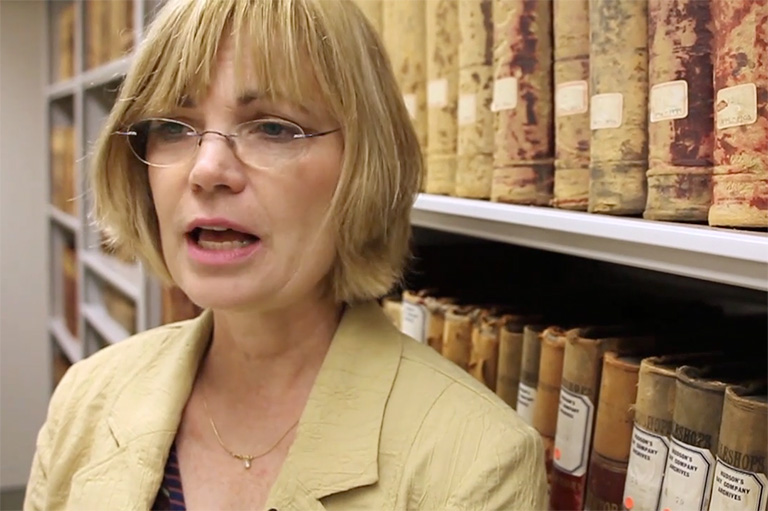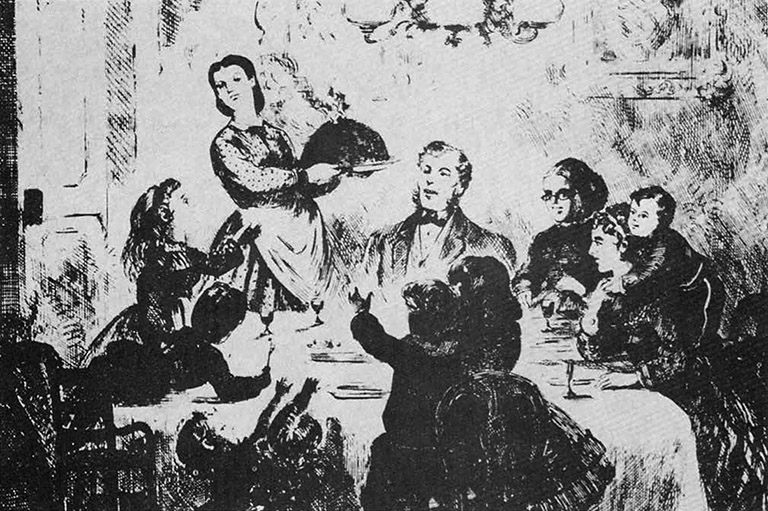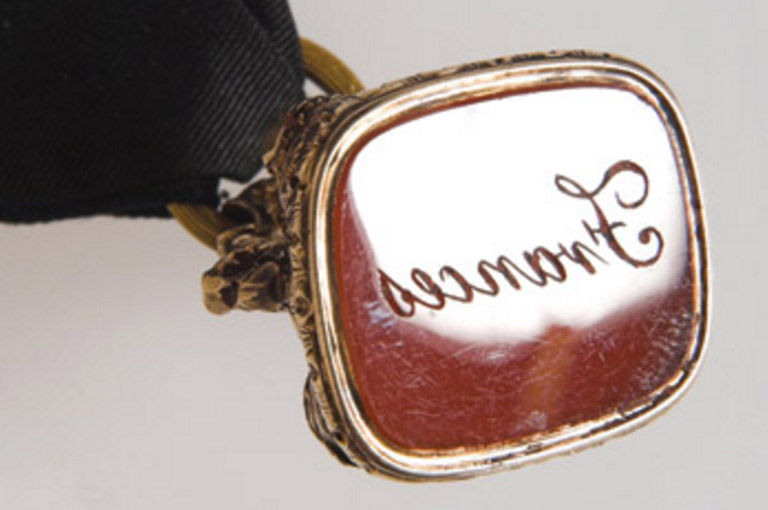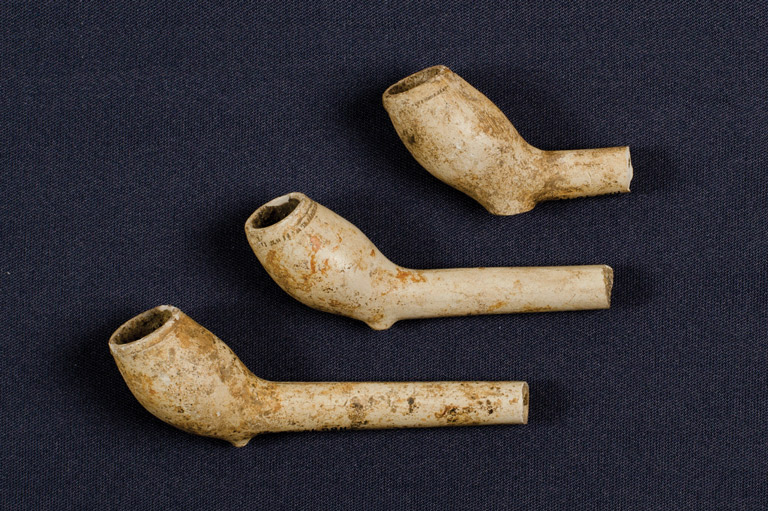Tales & Treasures: Carving Stories
Dr. Jamie Morton, curator at the Manitoba Museum shows us three unique carvings made by Indigenous people of Haida Gwaii and the Chukchi of Siberia. The Chukchi carving came as a gift given to a group from HBC sent to explore new markets in post-revolutionary Russia in 1920. Morton also tells us the story of a ghost ship that is still in the news today.
More Tales & Treasures
Themes associated with this article
Advertisement

